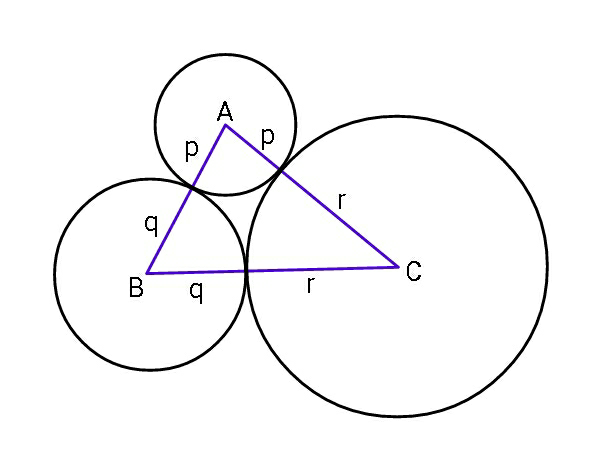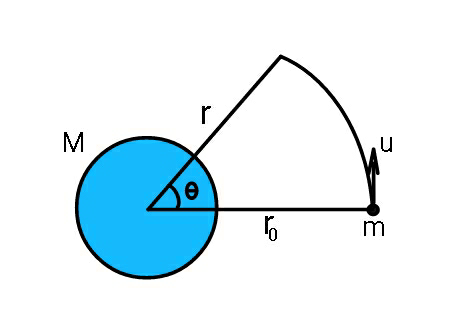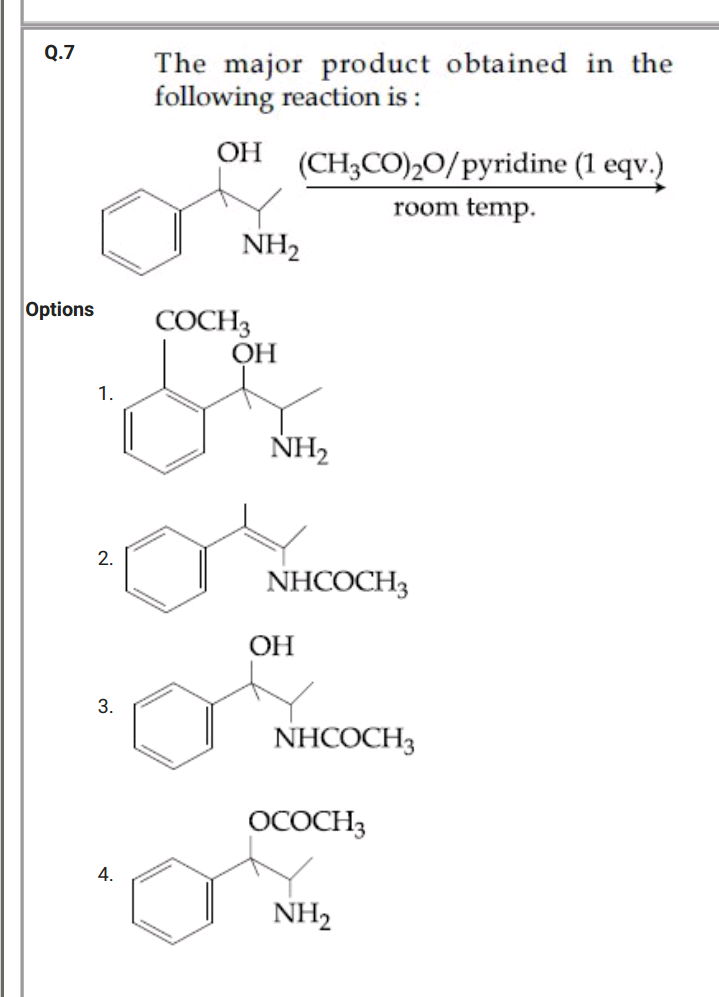
AllQuestion and Answers: Page 1565
Question Number 53769 Answers: 0 Comments: 4
Question Number 53740 Answers: 1 Comments: 0
Question Number 53736 Answers: 2 Comments: 4
Question Number 53732 Answers: 1 Comments: 7
Question Number 53755 Answers: 1 Comments: 9

Question Number 53720 Answers: 0 Comments: 1

Question Number 53709 Answers: 0 Comments: 1
Question Number 53697 Answers: 0 Comments: 1
Question Number 53696 Answers: 2 Comments: 2
Question Number 53695 Answers: 1 Comments: 1
Question Number 53694 Answers: 1 Comments: 0
Question Number 53693 Answers: 1 Comments: 1
Question Number 53689 Answers: 2 Comments: 1

Question Number 53688 Answers: 2 Comments: 1
Question Number 53686 Answers: 0 Comments: 5

Question Number 53684 Answers: 1 Comments: 4

Question Number 53676 Answers: 0 Comments: 5
Question Number 53675 Answers: 2 Comments: 0
Question Number 53727 Answers: 2 Comments: 0

Question Number 53664 Answers: 1 Comments: 1

Question Number 53647 Answers: 1 Comments: 2
Question Number 53630 Answers: 1 Comments: 0

Question Number 53624 Answers: 0 Comments: 0
Question Number 53623 Answers: 1 Comments: 3
Question Number 53621 Answers: 0 Comments: 0
Question Number 53620 Answers: 1 Comments: 4
Pg 1560 Pg 1561 Pg 1562 Pg 1563 Pg 1564 Pg 1565 Pg 1566 Pg 1567 Pg 1568 Pg 1569
